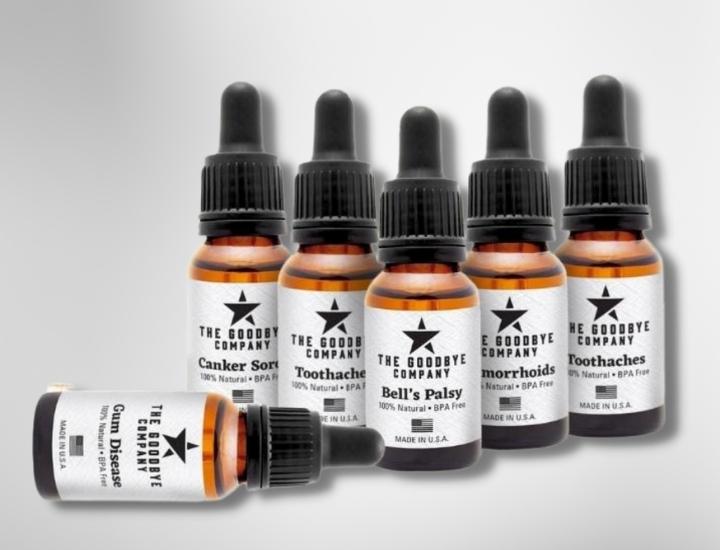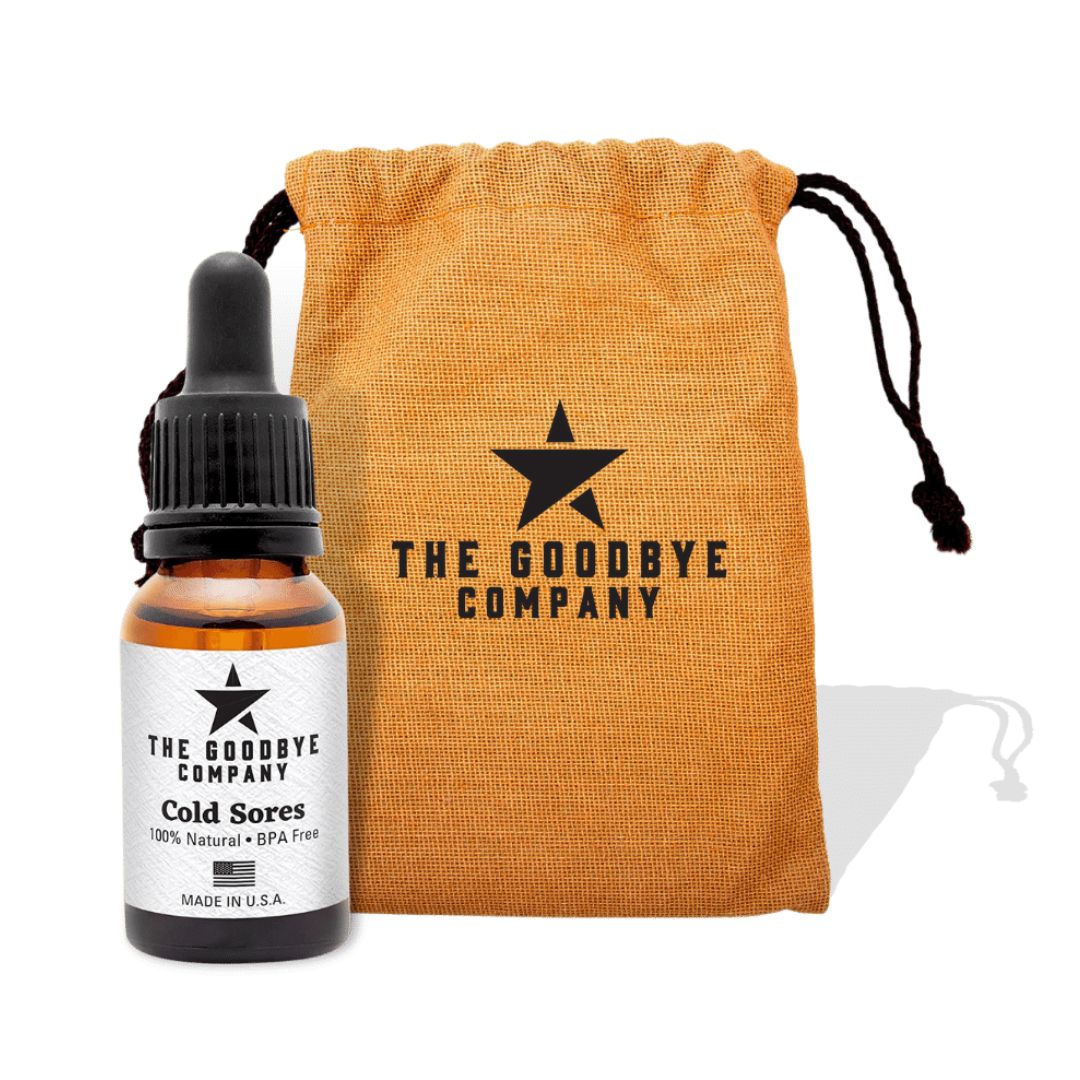Tesamorelin is a synthetic 44–amino acid peptide analogue of the naturally occurring growth hormone–releasing hormone (GHRH). Designed to be more stable and potent than native GHRH, Tesamorelin selectively binds to pituitary GHRH receptors, stimulating the release of endogenous growth hormone in laboratory research settings. Its structure includes a trans-3-hexenoic acid modification at the N-terminal, which extends its biological half-life and enhances resistance to enzymatic degradation. Research interest has centered on its potential roles in metabolic regulation, body composition, and growth hormone pathway studies.
Important Note
Tesamorelin is not approved for human consumption, medical use, or diagnostic purposes. It is supplied strictly for laboratory research only. Handling should be performed by qualified professionals in an appropriate research setting.
Dosage Reference Chart
| Form |
Suggested Research
Concentration
|
Example Preparation |
Notes
|
| Lyophilized Powder |
10 mg per vial |
Reconstitute with sterile or
bacteriostatic water |
Store dry at –20°C until
use |
| Reconstituted Solution |
200–500 µg/mL |
Dissolve to target concentration for
experiments |
Stable at 2–8°C for 2–3
weeks; do not freeze once
reconstituted |
Experimental
Dosing
(animal studies,
literature-based)* |
Variable by study |
Adjust according to study design |
Preclinical models only |
Features & Properties
- Synthetic 44–amino acid analogue of human GHRH
- Modified N-terminal for enhanced stability and bioavailability
- Selective agonist at pituitary GHRH receptors
- Investigated for effects on endogenous growth hormone release and metabolic balance
- Supplied as a sterile lyophilized powder for maximum stability
Storage & Stability
– Lyophilized peptide: Stable for up to 24 months at –20°C.
– Reconstituted solution: Stable for 2–3 weeks at 2–8°C.
– Avoid repeated freeze–thaw cycles.
⚠️ Research Use Disclaimer
• For laboratory research use only
• Not approved for human consumption, medical use, or diagnostic purposes
• Handling should be performed by qualified professionals in controlled environments
• Store securely and keep out of reach of children
• Do not handle during pregnancy or breastfeeding
Frequently Asked Questions (FAQs)
Q1. What does each vial contain?
Each vial contains 10 mg of Tesamorelin peptide in lyophilized (freeze-dried) form.
Q2. What is Tesamorelin?
Tesamorelin is a synthetic 44-amino acid analogue of growth hormone-releasing hormone (GHRH), designed with an N-terminal modification that enhances its biological stability in research settings.
Q3. What does the product look like?
A fine white to off-white lyophilized powder at the bottom of the vial.
Q4. How should Tesamorelin be stored?
- Before reconstitution: –20 °C; stable for up to 24 months.
- After reconstitution: 2–8 °C; stable for 2–3 weeks. Avoid freeze–thaw cycles.
Q5. How is Tesamorelin reconstituted?
It dissolves readily in sterile water or laboratory buffer. Use aseptic technique during reconstitution.
Q6. Is the peptide sterile?
Yes, vials are filled under sterile conditions. Researchers must still follow sterile technique after opening.
Q7. Is Tesamorelin intended for human use?
No. It is for research purposes only and not for human, veterinary, or medical use.
Q8. Why is Tesamorelin studied in research?
It is studied for its role in stimulating growth hormone release, regulating IGF-1 levels, and exploring metabolic pathways in preclinical and experimental models.
Q9. What are the packaging details?
Each vial is a 2 mL Type I borosilicate glass vial, sealed with a 13 mm butyl rubber stopper and tamper-evident aluminum crimp seal.
Q10. How stable is Tesamorelin during shipping?
The lyophilized form is stable at ambient shipping conditions. Transfer to long-term storage (–20 °C) upon arrival.





